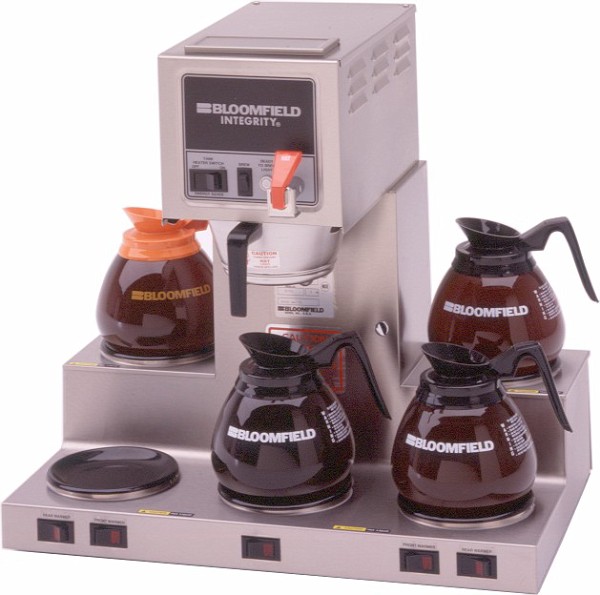~ Hall of Heroes ~ Leonard C. Brostrom
Info from here. |
|
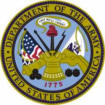  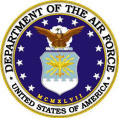 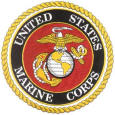 
|
 Leonard Carl Brostrom was born on November 23, 1919 in Preston, Franklin County, Idaho. He was the first child of Carl John Brostrum (Feb. 17, 1894–Mar. 13, 1975) and Louise Adolfina Hillstead (Aug. 17, 1893–Sep. 25, 1961) who were married on August 21, 1918. Leonard was Killed in action on October 28, 1944 near Dagami, Leyte, Philippine Islands, now the Republic of the Philippines. Leonard is buried in the Preston Cemetery, Block 1, lot 18. Leonard Carl Brostrom was born on November 23, 1919 in Preston, Franklin County, Idaho. He was the first child of Carl John Brostrum (Feb. 17, 1894–Mar. 13, 1975) and Louise Adolfina Hillstead (Aug. 17, 1893–Sep. 25, 1961) who were married on August 21, 1918. Leonard was Killed in action on October 28, 1944 near Dagami, Leyte, Philippine Islands, now the Republic of the Philippines. Leonard is buried in the Preston Cemetery, Block 1, lot 18. Leonard Brostrum grew up in the farming community of Preston, Idaho and attended the then primary and secondary school called the Oneida Stake Academy built by the Oneida Stake of The Church of Jesus Christ of Latter-day Saints. Ezra Taft Benson and Harold B. Lee both of whom later served as presidents of the LDS Church and Medal of Honor recipient Mervyn S. Bennion also attended this school. In 1922, this school was renamed Preston High School even though it was referred to as the Academy for some time there after. Nathan K. Van Noy, another Medal of Honor recipient, attended the newer Preston High School. Brostrum grew up attending Church at the Oneida Ward in Preston. He grew up during the depression years farming, hunting and fishing while doing odd jobs for both pocket money and LDS Church service. His younger brothers Dean (1921–1999) and Dale (1925–2003) often tagged along until Leonard served a three year LDS mission to California. Leonard was on his Church mission when Japan bombed Pearl Harbor on December 7, 1941. After successfully completing his Church Mission he returned home and soon joined the U.S. Army in March 1942. |
| Brostrum completed basic training at Fort Ord, California and was assigned to the 7th Motorized Division. Shortly after arriving at Camp San Luis Obispo, the Division began training in the Mojave Desert in preparation for its planned deployment to the African theater. On January 1, 1943 his Motorized Division was renamed the 7th Infantry Division (light). Brostrum and the other soldiers began rigorous amphibious assault training under US Marines from the Fleet Marine Force, before being deployed to fight in the Pacific theater instead of Africa. General Holland Smith oversaw the unit's training. |
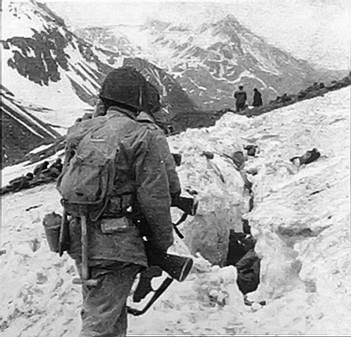 Private Brostrum was assigned to Company F, 2nd Battalion of the 17th Infantry Regiment of the 7th Infantry Division and participated in the retaking of the Aleutian Islands, Eastern Mandates and Leyte; all of which started with amphibious assaults. Brostrum's campaign ribbons for these contain an arrowhead representing being in the amphibious assault landings. Private Brostrum was assigned to Company F, 2nd Battalion of the 17th Infantry Regiment of the 7th Infantry Division and participated in the retaking of the Aleutian Islands, Eastern Mandates and Leyte; all of which started with amphibious assaults. Brostrum's campaign ribbons for these contain an arrowhead representing being in the amphibious assault landings.Pvt. Brostrum first saw combat in the amphibious assault on Attu Island's "red beach", which was the western-most Japanese entrenchment in the Aleutian islands chain. He landed with his Company on May 1, 1943 spearheaded by the 17th Infantry Regiment, and fought an intense battle over the tundra against strong Japanese resistance. Brostrum and the rest of the soldiers from the 17th Regiment were not trained or equipped for artic combat on Attu. Soaked boots, cold weather and was neither properly equipped nor clothed for a northern campaign, for in those days the U.S. Army knew practically nothing about waging extensive winter warfare. Nevertheless, Brostrum and his fellow soldiers from the 17th carried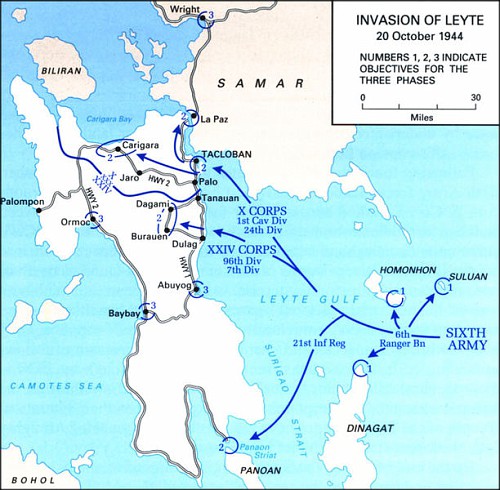 on, and for this action they won a Distinguished Unit Citation. During the battle Brostrum with "Company F's attack in the pass between the valleys was magnificent. The GI's used rifles, bayonets, and hand grenades to drive the enemy out of a series of trenches near the vital Cold Mountain." The fight for the island culminated in a battle at Chichagof Harbor, when the division destroyed all Japanese resistance on the island on 29 May, after a suicidal Japanese bayonet charge. The 17th regiment then invaded Kiska expecting another serious fight, but Brostrum and the others found out that the Japenese had evacuated the island prior to the American landing. on, and for this action they won a Distinguished Unit Citation. During the battle Brostrum with "Company F's attack in the pass between the valleys was magnificent. The GI's used rifles, bayonets, and hand grenades to drive the enemy out of a series of trenches near the vital Cold Mountain." The fight for the island culminated in a battle at Chichagof Harbor, when the division destroyed all Japanese resistance on the island on 29 May, after a suicidal Japanese bayonet charge. The 17th regiment then invaded Kiska expecting another serious fight, but Brostrum and the others found out that the Japenese had evacuated the island prior to the American landing. The Eastern Mandates are part of the Marshall Islands where Brostrum and the rest of his unit invaded Kwajalein atoll after four months of training in Hawaii. Under their new leader Major General C. H. Corlett the amphibious assaults on the 42 islands of the atoll went "most nearly perfect." It is not certain which specific island(s) Company F and Brostrum captured. The Division returned to Hawaii for rest and recuperation. Then they trained for the next assault. Leyte, the third largest of the Philippine Islands was invaded by Brostrum and the rest of the 7th Division on October 20, 1944. Brostrum in Company F, 2nd Battalion of the 17th Regiment attacked from the center, driving down the Dulag–Burauen Road. Within 48 hours they had captured San Pablo, Burauen, and Bayug Airfield. On October 27, 1944 the 17th took the strong points south of the town of Dagami. At 7:30 AM, 0730 hours in military time, Brostrum, "a lead scout" with Company F struck out on the left flank of the attack. Their job with the rest of the 2nd Battalion was to envelope Dagami from the American left to pin and destroy Japanese Army resistance in the town. Brostrum with the lead assault platoon of Company F encountered "withering fire from pillboxes, trenches, and enemy spider holes.". The enemy were well entrenched and camouflaged. Enemy fields of fire were well calculated with criss-crossing machine gun bunkers supported by infantry in trenches. PFC Brostrum was hit by enemy weapon fire three times as he fought his way through a bamboo thicket that was part of the enemy line. Brostrum dashed to the rear of a large enemy machine gun bunker/pillbox. During his charge from the bamboo thicket he was visible not only to the rest of his company, but to the Japanese riflemen shooting at him as well. As he threw several grenades into the bunker, six Japanese infantrymen charged with bayonets fixed. Brostrum was able to kill one and wound others causing them to retreat. 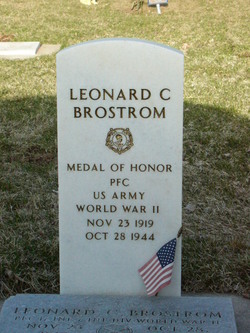 Brostrum was hit a fourth time and fell to the ground. Again, in view of the Americans and Japanese soldiers he rose to his feet and assaulted the bunker with grenades and rifle fire. The enemy ran out of the bunker as Brostrum fell seriously wounded. Brostrum was hit a fourth time and fell to the ground. Again, in view of the Americans and Japanese soldiers he rose to his feet and assaulted the bunker with grenades and rifle fire. The enemy ran out of the bunker as Brostrum fell seriously wounded. "Staff Sergeant Paul Doty and PFC's Howard J. Evans and Eldridge V. Sorenson, who had caught up with Brostrom by this time," killed many of the fleeing enemy and called for a medic. PFC Brostrum was carried to the aid station but sucumbed to his wounds. During the same combat action and time period, PFC John F. Thorson, from Company G, attacked an enemy trench with his BAR and was within twenty feet when he was seriously wounded. The rest of his platoon rushed forward sweeping the enemy from the trench line. An enemy grenade landed nearby and Thorson rolled on top of it to protect his buddies. He was killed instantly. Private First Class Brostrum, Company F, is one of the only two members of the 17th Infantry Regiment to have received the Medal of Honor for their actions in combat. The other was PFC John F. Thorson from Company G. |
| General Orders: War Department, General Orders No. 104 (November 15, 1945) Action Date: 28-Oct-44 Service: Army Rank: Private First Class Company: Company F Regiment: 17th Infantry Regiment Division: 7th Infantry Division Citation: The President of the United States of America, in the name of Congress, takes pride in presenting the Medal of Honor (Posthumously) to Private First Class 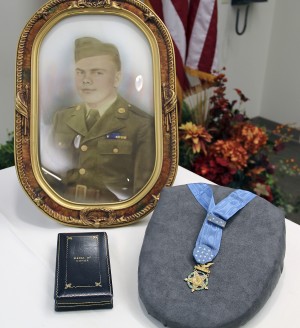 Leonard C. Brostrom, United States Army, for extraordinary heroism in action as a rifleman with an assault platoon of Company F, 17th Infantry Regiment, 7th Infantry Division, which ran into powerful resistance near Dagami, Leyte, Philippine Islands, on 28 October 1944. From pillboxes, trenches, and spider holes, so well camouflaged that they could be detected at no more than 20 yards, the enemy poured machinegun and rifle fire, causing severe casualties in the platoon. Realizing that a key pillbox in the center of the strong point would have to be knocked out if the company were to advance, Private First Class Brostrom, without orders and completely ignoring his own safety, ran forward to attack the pillbox with grenades. He immediately became the prime target for all the riflemen in the area, as he rushed to the rear of the pillbox and tossed grenades through the entrance. Six enemy soldiers left a trench in a bayonet charge against the heroic American, but he killed one and drove the others off with rifle fire. As he threw more grenades from his completely exposed position he was wounded several times in the abdomen and knocked to the ground. Although suffering intense pain and rapidly weakening from loss of blood, he slowly rose to his feet and once more hurled his deadly missiles at the pillbox. As he collapsed, the enemy began fleeing from the fortification and were killed by riflemen of his platoon. Private First Class Brostrom died while being carried from the battlefield, but his intrepidity and unhesitating willingness to sacrifice himself in a one-man attack against overwhelming odds enabled his company to reorganize against attack, and annihilate the entire enemy position. Leonard C. Brostrom, United States Army, for extraordinary heroism in action as a rifleman with an assault platoon of Company F, 17th Infantry Regiment, 7th Infantry Division, which ran into powerful resistance near Dagami, Leyte, Philippine Islands, on 28 October 1944. From pillboxes, trenches, and spider holes, so well camouflaged that they could be detected at no more than 20 yards, the enemy poured machinegun and rifle fire, causing severe casualties in the platoon. Realizing that a key pillbox in the center of the strong point would have to be knocked out if the company were to advance, Private First Class Brostrom, without orders and completely ignoring his own safety, ran forward to attack the pillbox with grenades. He immediately became the prime target for all the riflemen in the area, as he rushed to the rear of the pillbox and tossed grenades through the entrance. Six enemy soldiers left a trench in a bayonet charge against the heroic American, but he killed one and drove the others off with rifle fire. As he threw more grenades from his completely exposed position he was wounded several times in the abdomen and knocked to the ground. Although suffering intense pain and rapidly weakening from loss of blood, he slowly rose to his feet and once more hurled his deadly missiles at the pillbox. As he collapsed, the enemy began fleeing from the fortification and were killed by riflemen of his platoon. Private First Class Brostrom died while being carried from the battlefield, but his intrepidity and unhesitating willingness to sacrifice himself in a one-man attack against overwhelming odds enabled his company to reorganize against attack, and annihilate the entire enemy position. |
|
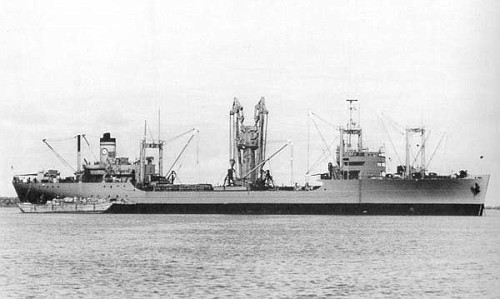 A United States Army transport ship, USAT Private Leonard C. Brostrom was named in his honor in 1948. The ship was later transferred to the Military Sea Transportation Service of the United States Navy as USNS Private Leonard C. Brostrom (T-AK 255). |
| Please remember the Canteen is here to honor, support and entertain our troops and their families. This is a politics-free zone! Thanks for helping us in our mission! |
|



























































